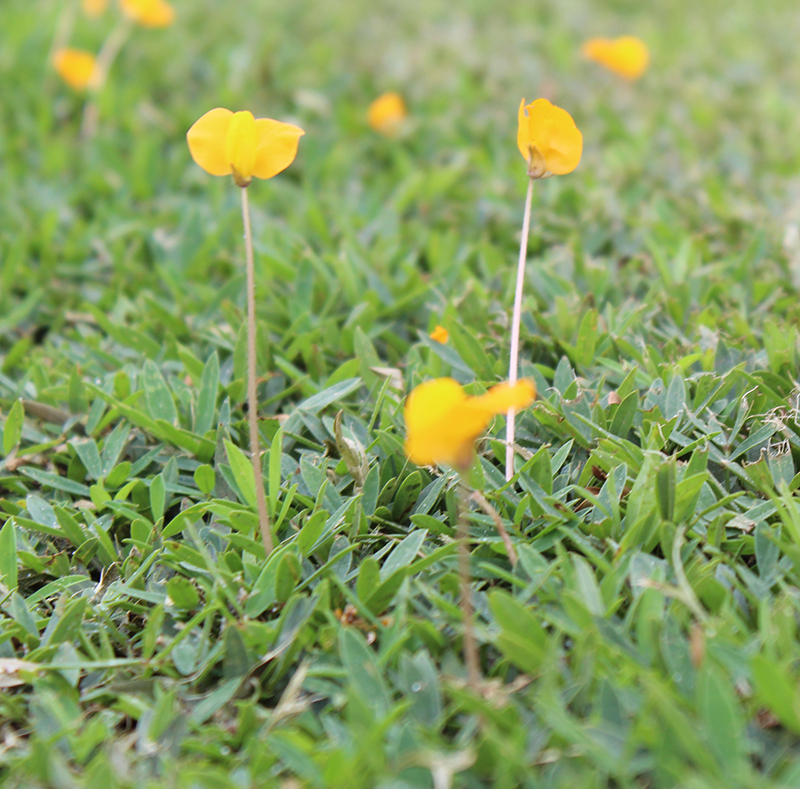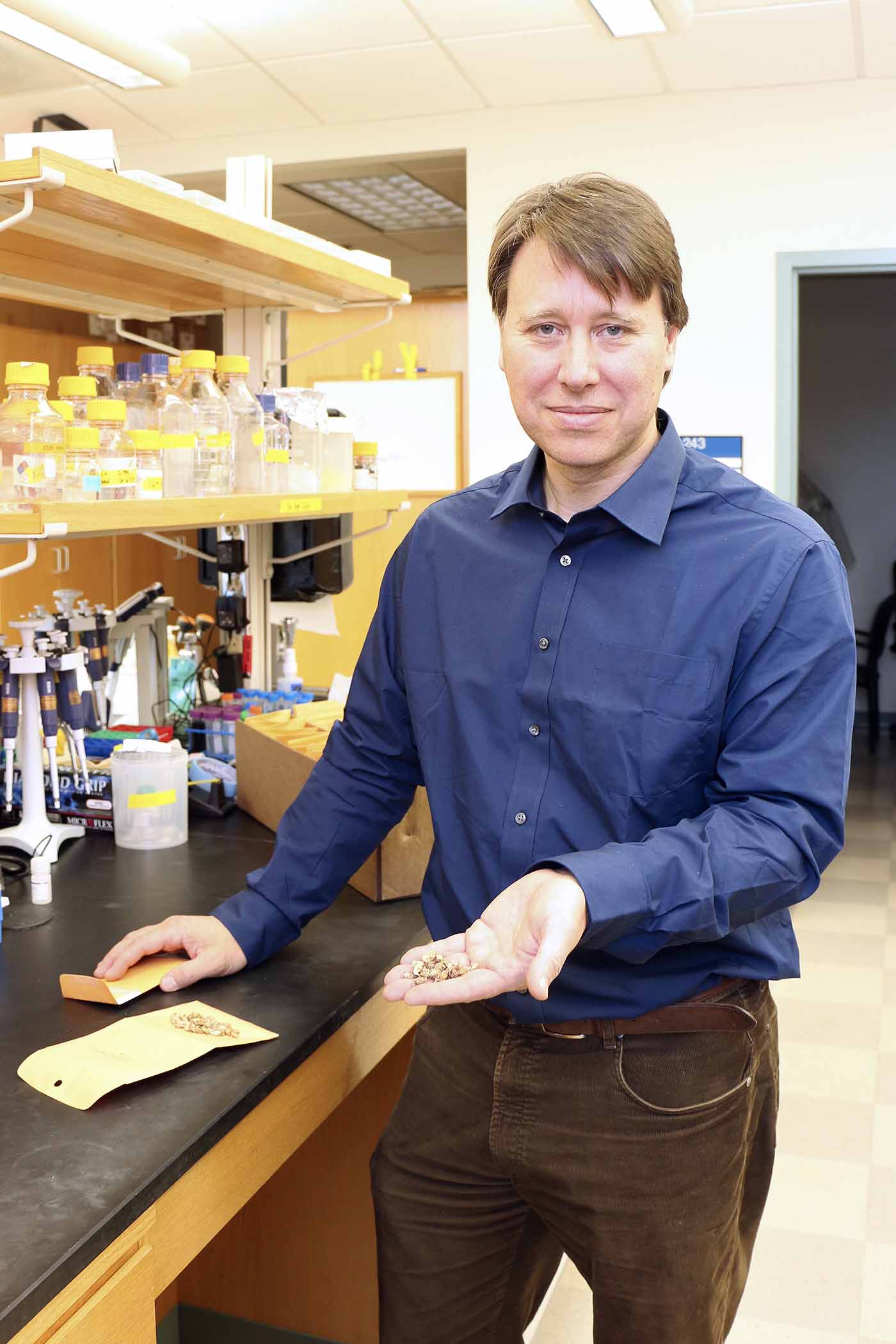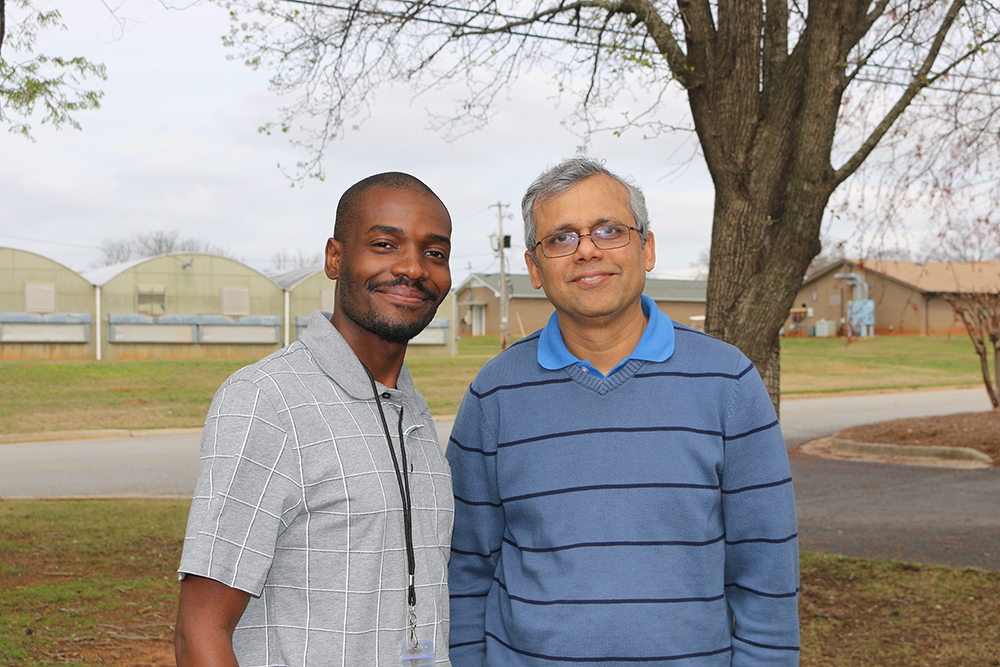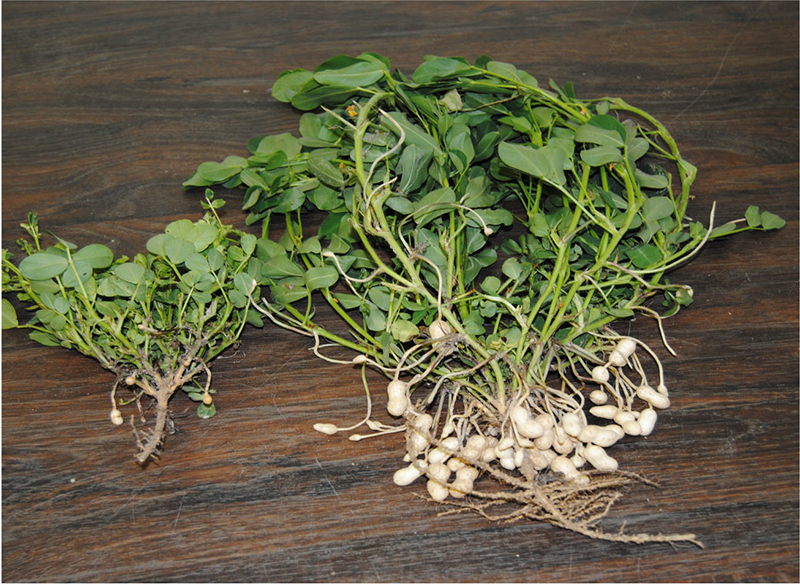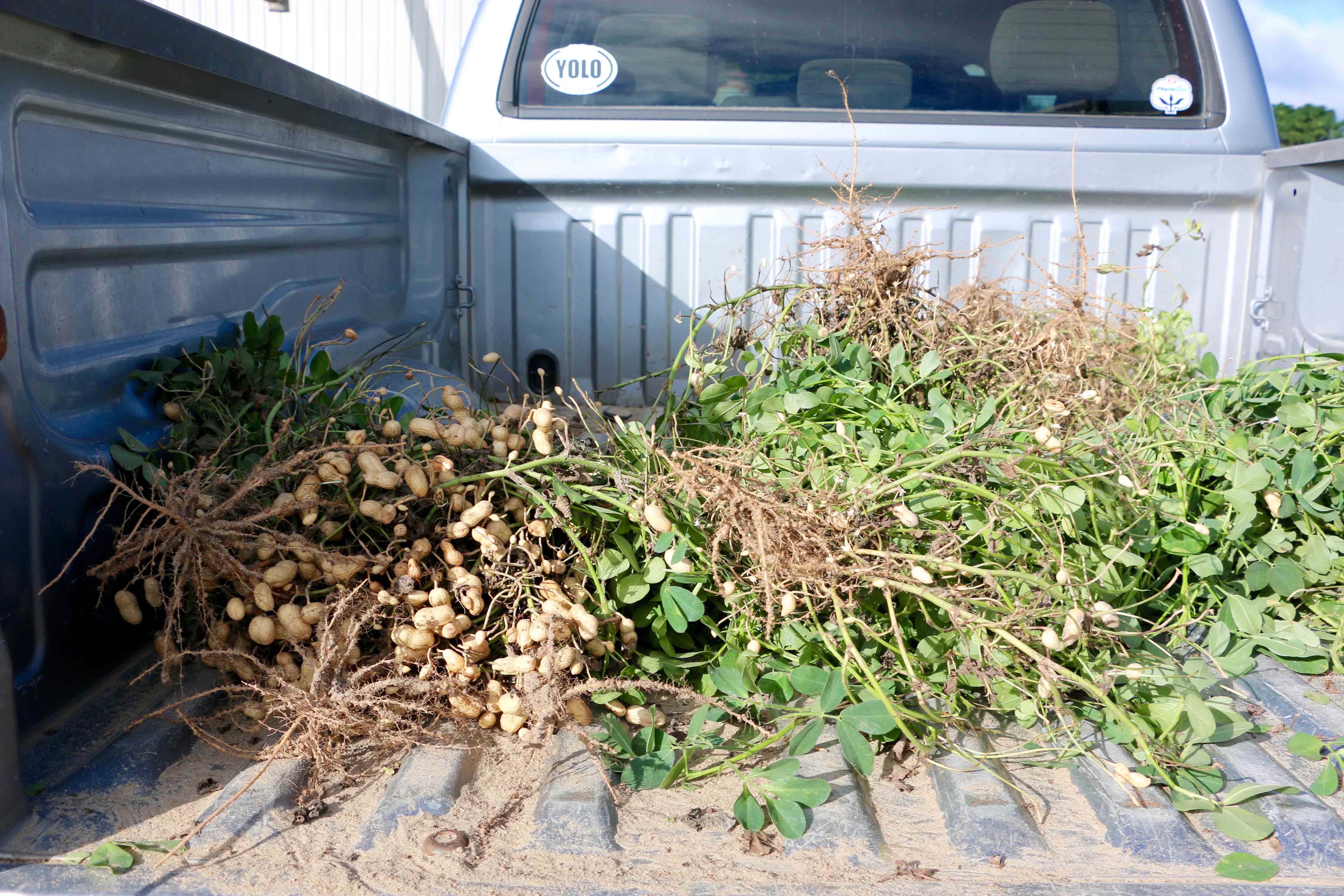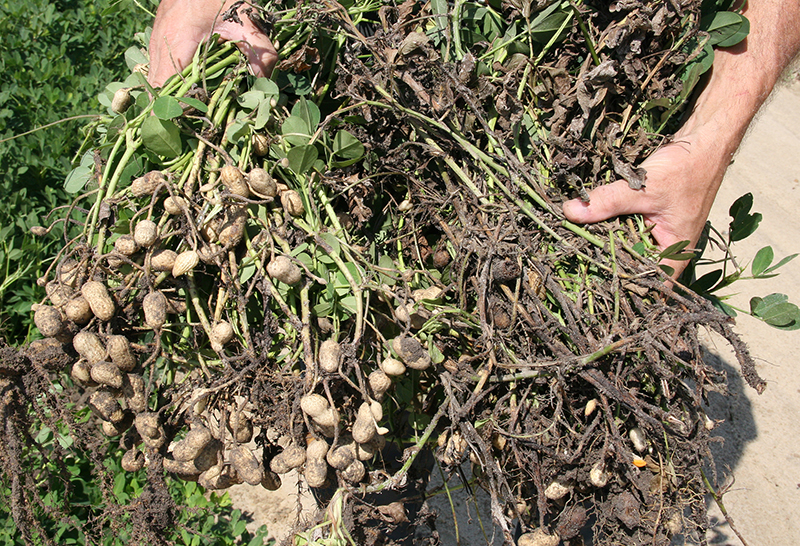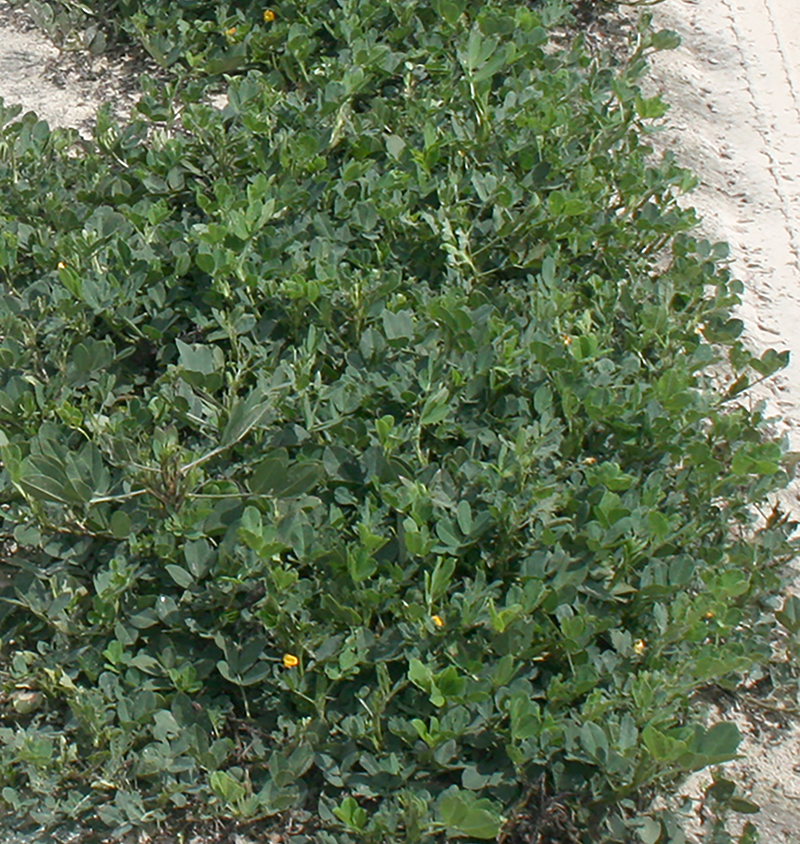 CAES News
CAES News
Burrower Bug
Through part of a $12.1 million grant from the U.S. Department of Agriculture, University of Georgia Cooperative Extension peanut entomologist Mark Abney is studying the biology of the burrower bug and developing an effective management program.

